2024 trends in the auto industry promise a focused approach | Autocar Professional
Baua Electric
JANUARY 13, 2024
Vehicles in all categories experienced double-digit year-on-year growth in domestic sales — led by three-wheelers (87 percent), followed by commercial vehicles (34 percent), passenger vehicles (27 percent), two-wheelers (17 percent) and tractors (12 percent). Another area where collaboration is crucial is connected vehicles.



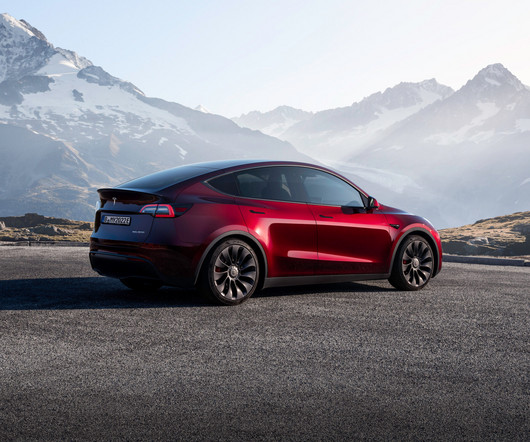

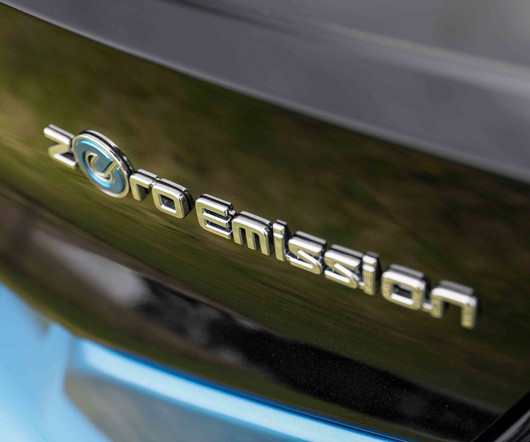

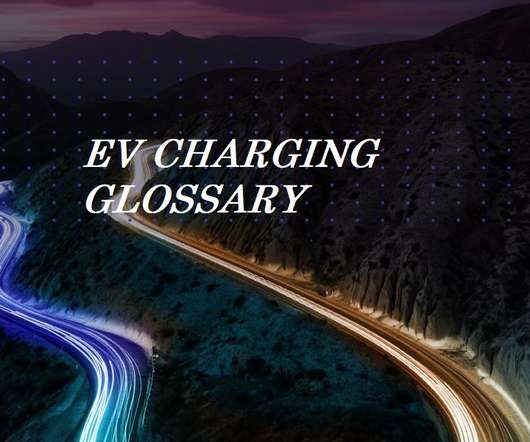

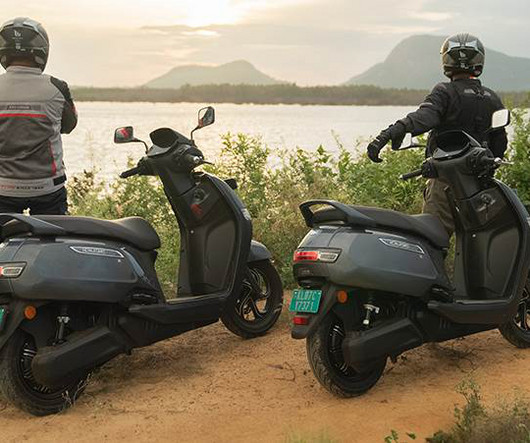
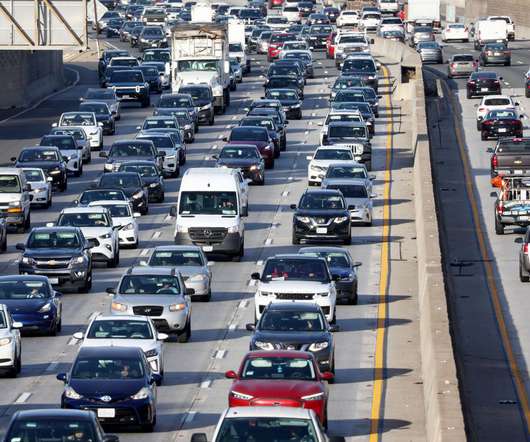
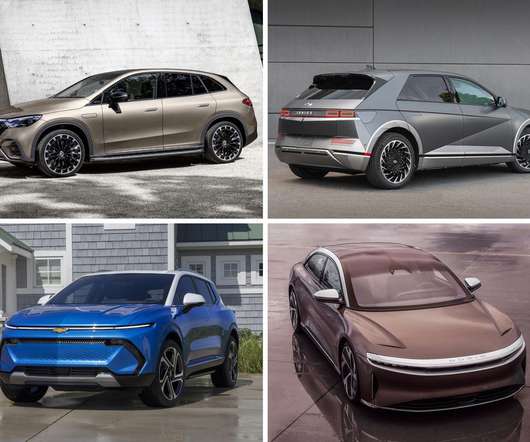


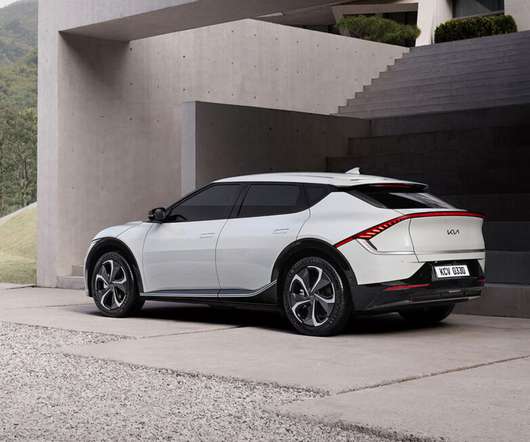
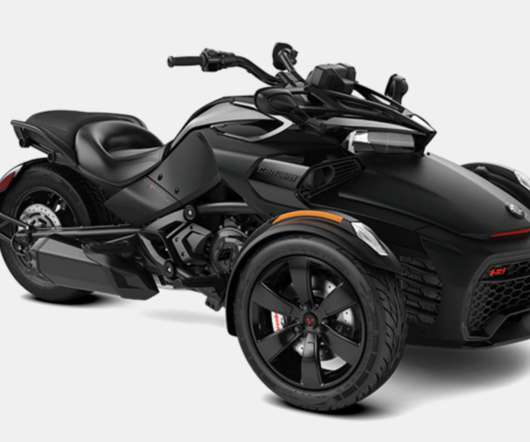








Let's personalize your content